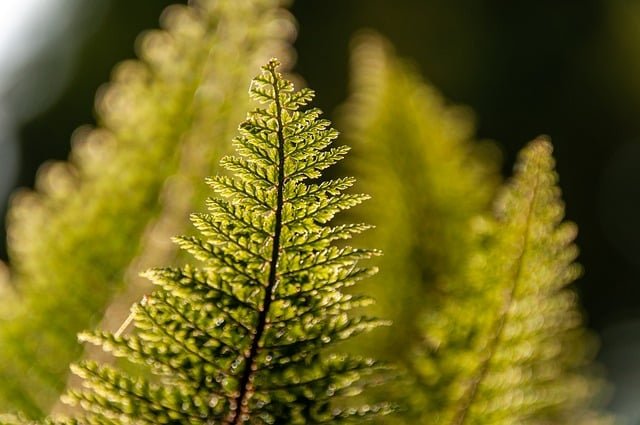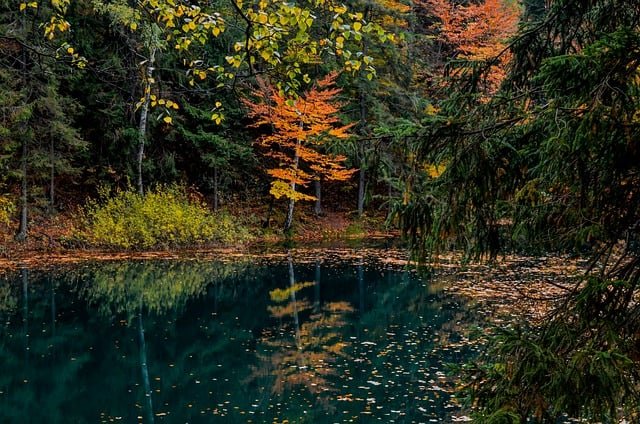
The Secret Lives of Urban Wildlife
Urban environments are often thought of as concrete jungles devoid of nature, yet they are teeming with wildlife that has adapted to life alongside humans. From the bustling streets to quiet parks, urban wildlife has fascinating stories to tell. Let’s dive into the secret lives of these resilient creatures!
The Adaptation Game
Urban wildlife has developed unique adaptations to thrive in human-dominated landscapes. Here are a few examples:
Raccoons: Known as the "bandits" of the city, raccoons have learned to navigate trash cans and find food in the most unexpected places. Their dexterous paws allow them to open containers that other animals cannot, making them experts in scavenging.
Pigeons: Often seen as pests, pigeons are incredibly resourceful. They have adapted to urban life by nesting on buildings and feeding on discarded food. Their ability to thrive in crowded spaces has made them one of the most successful urban birds.
Coyotes: Once relegated to rural areas, coyotes have made their way into cities, where they hunt rodents and other small animals. Their adaptability and intelligence have allowed them to coexist with humans, often going unnoticed.
The Hidden Habitats
Urban wildlife often finds shelter in unexpected places. Here are some common habitats:
Parks and Green Spaces: Urban parks serve as vital refuges for many species. They provide food, water, and shelter, making them essential for wildlife survival.
Rooftops and Balconies: Many birds and insects have taken to nesting in urban structures. Rooftop gardens and balcony plants can attract a variety of species, from bees to sparrows.
Abandoned Buildings: These structures can become makeshift homes for various animals, including bats, raccoons, and even foxes. The lack of human disturbance allows these animals to thrive.
The Importance of Urban Wildlife
Urban wildlife plays a crucial role in maintaining ecological balance. Here are some benefits they provide:
Pest Control: Many urban animals, such as birds of prey and bats, help control pest populations, reducing the need for chemical pesticides.
Pollination: Bees and other pollinators are essential for the health of urban gardens and green spaces. Their presence supports biodiversity and food production.
Education and Awareness: Observing urban wildlife can foster a greater appreciation for nature and encourage conservation efforts. Schools and communities can engage in citizen science projects to monitor local wildlife.
How You Can Help
You don’t need to be a wildlife expert to make a difference. Here are some simple steps you can take:
Create Wildlife-Friendly Spaces: Plant native species in your garden to attract local wildlife. Consider adding bird feeders, bee hotels, and water sources.
Reduce Waste: Properly dispose of trash to minimize food sources for scavengers. Educate others about the importance of waste management.
Support Local Initiatives: Get involved with local conservation groups or community projects that aim to protect urban wildlife and their habitats.
Conclusion
The secret lives of urban wildlife are rich and varied, showcasing the resilience of nature in the face of urbanization. By understanding and supporting these creatures, we can create a more harmonious coexistence and ensure that our cities remain vibrant ecosystems. Next time you step outside, take a moment to observe the wildlife around you—you might just discover a hidden world!
Feel free to share your own experiences with urban wildlife in the comments below!

All images are taken from the Pixabay.com